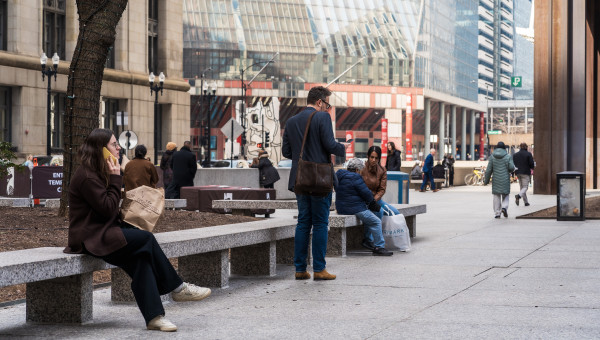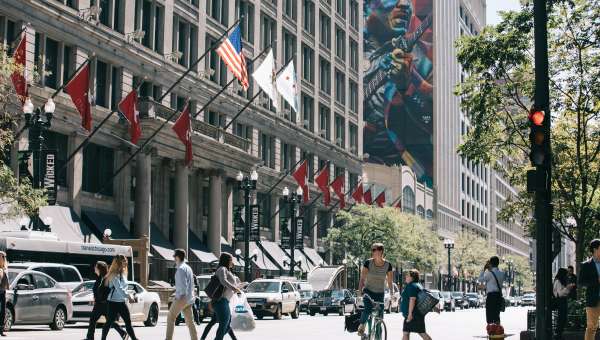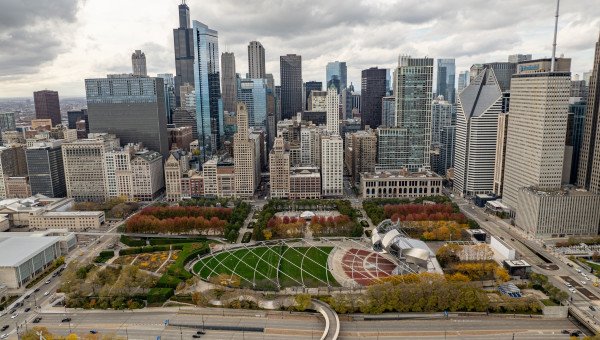Posted 6 months ago
5 MIN READ: Chicago Loop Alliance (CLA) recently released its quarter two 2025 State of the Loop report on downtown activity, using a variety of data sources, produced by CLA since July 2020. The report tracks pedestrian and transportation activity, investment, retail, arts and culture, and more. View the quarter two (Apr.-June 2025) State of the Loop report here.
“The Loop is in a strong position to continue our success as a destination for corporate investment, leisure and business tourism and attractive place to live,” said Michael Edwards, President and CEO of Chicago Loop Alliance. “Office and hotel occupancy continued to increase in Q2, signaling that workers and visitors alike are back in the Loop. Exciting events and continued investment in business and residential development will keep the Loop vibrant as the summer continues.”
Arts and Culture
Arts and culture events continue to draw visitors and residents alike to the Loop. Total cultural institution attendance reached 1.16 million visitors this quarter, representing over $315 million in direct economic impact. CLA and Loop arts organizations began meeting in April, forming the Loop Arts Caucus as a way to harness the Loop’s power as a destination for the arts.
Economic impact from attendance at the Loop’s theater, ballet, museums, and other programmed experiences grew 18 percent compared to Q2 2024, indicating an arts and culture scene that continues to thrive.
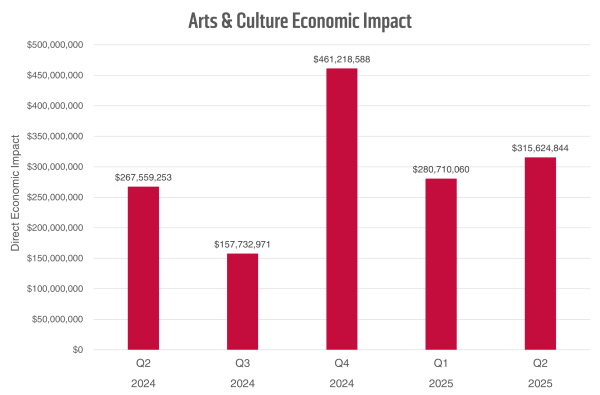
Office
Office occupancy continues to rise around the country, and Chicago has climbed the ranks as the city with the fourth highest occupancy out of ten major cities in Q2. Workers are back in Chicago’s offices at 56 percent, the highest number outside of Texas.
Transportation
State Street in the Loop saw a total of 19.6 million pedestrians in Q2, averaging 96 percent of 2019 levels. Weekend pedestrian totals averaged 107 percent of 2019 levels, keeping the Loop on course for increased weekend activity.
Year-to-date data indicates that South State Street experiences 57 percent less foot traffic than North State Street, and that the intersection of Washington and State experiences the highest foot traffic on State Street in the Loop.
CTA will begin the renovation of the Loop’s State and Lake station this in the coming months. The project is expected to take three years to complete and will require traffic and pedestrian disruptions on nearby streets. The new elevated station will be fully accessible and feature an updated modern design.
CTA reported 893,014 average daily rides system-wide in Q1, a 116 percent increase compared to the same period last year. Average weekly ridership continues to recover, hovering around 70 percent of 2019 levels. Unfortunately, Chicago’s transit agencies face a looming fiscal cliff. We encourage Loop stakeholders to monitor the progress of legislation and advocate for the future of Chicago’s transit.
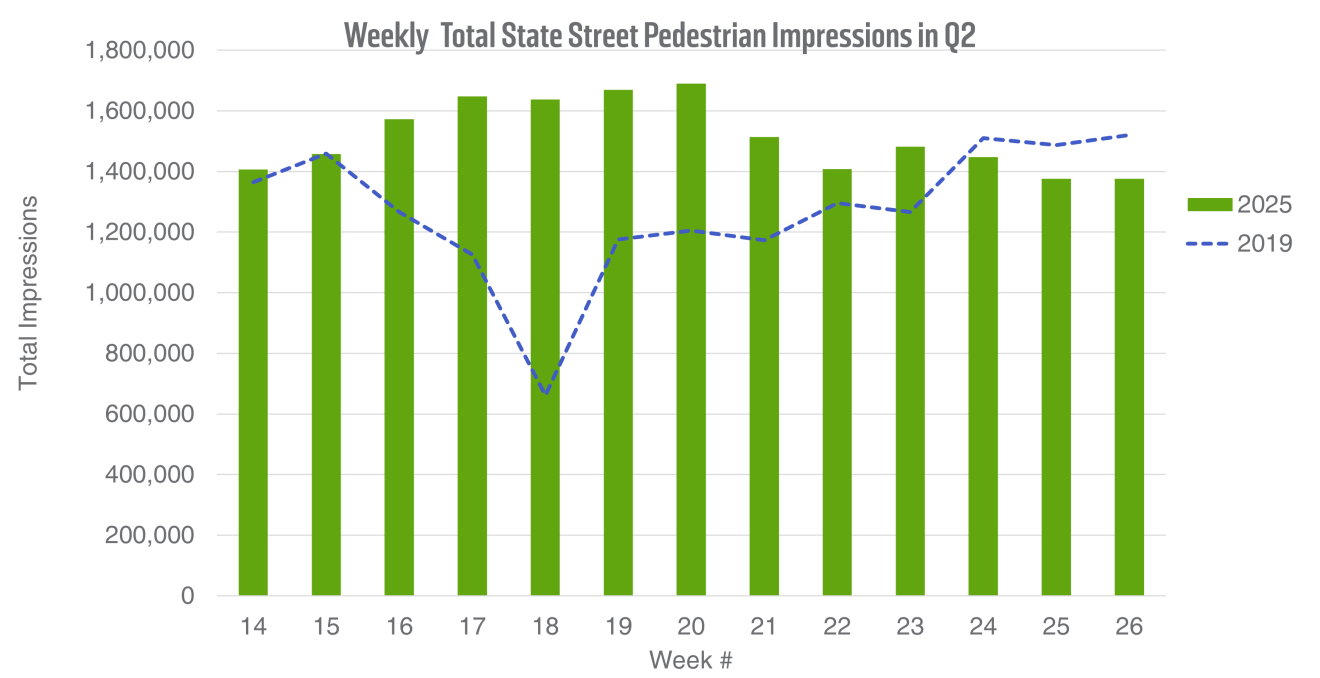
Investment
The Loop saw 690 new permits totaling $370 million in Q2. Notable retail locations opening soon include a new Gap Factory store at 17 N. State Street in July and Panera Bread at 168 N. State Street opening later this summer. In addition, Raygun, Lea French Café, Amorino, La Catedral Café, Auntie Anne’s, Rainbow Cone, Ground Up Coffee, The Halal Guys, and Cleo’s Soul have all opened or are opening soon in the Loop.
Demand for housing in the Loop remains high as construction continues on the office to residential conversion project at 79 W. Monroe Street. In addition, a combined $65 million dollars in TIF funds have been approved by City Council for the conversion of unused office space to apartments. The project at 111 W. Monroe Street will yield 345 new units with 105 affordable apartments. The new conversion of 208 S. LaSalle will create 226 new units, including 68 affordable apartments.
Methodology
Sources for pedestrian activity provided by Springboard MRI; hotel occupancy data provided by Choose Chicago; public transportation provided by Regional Transportation Authority and Chicago Transit Authority; arts and culture provided by Choose Chicago Cultural Index, Department of Cultural Affairs and Special Events, and Art Institute of Chicago.

